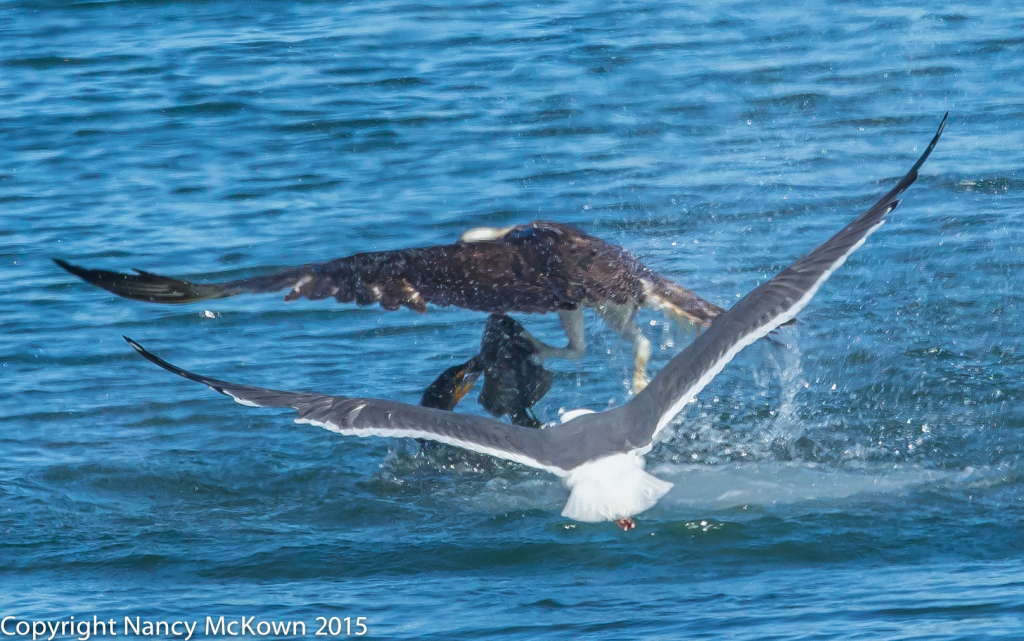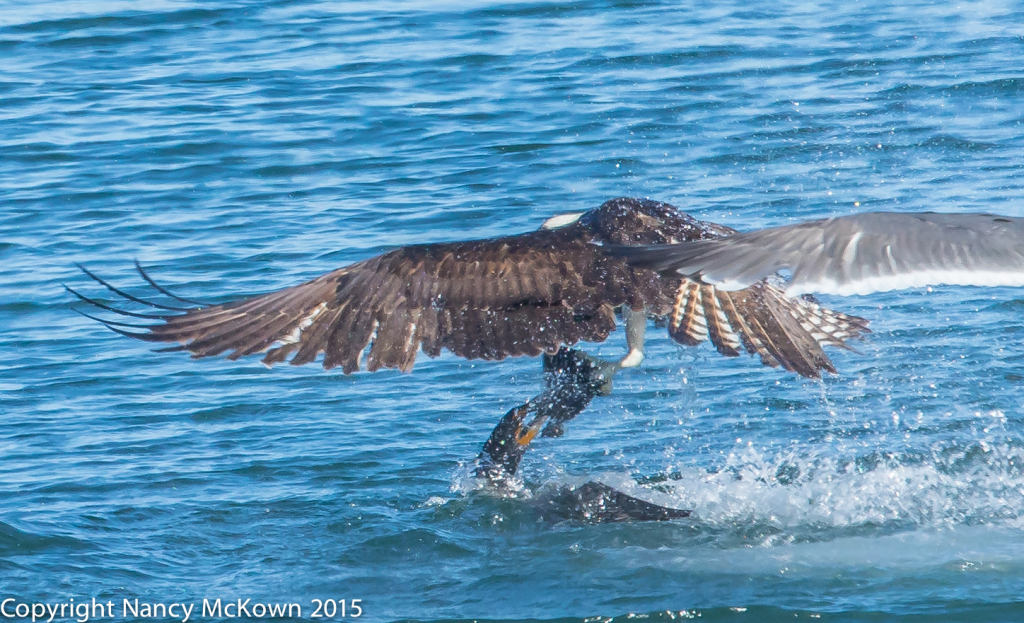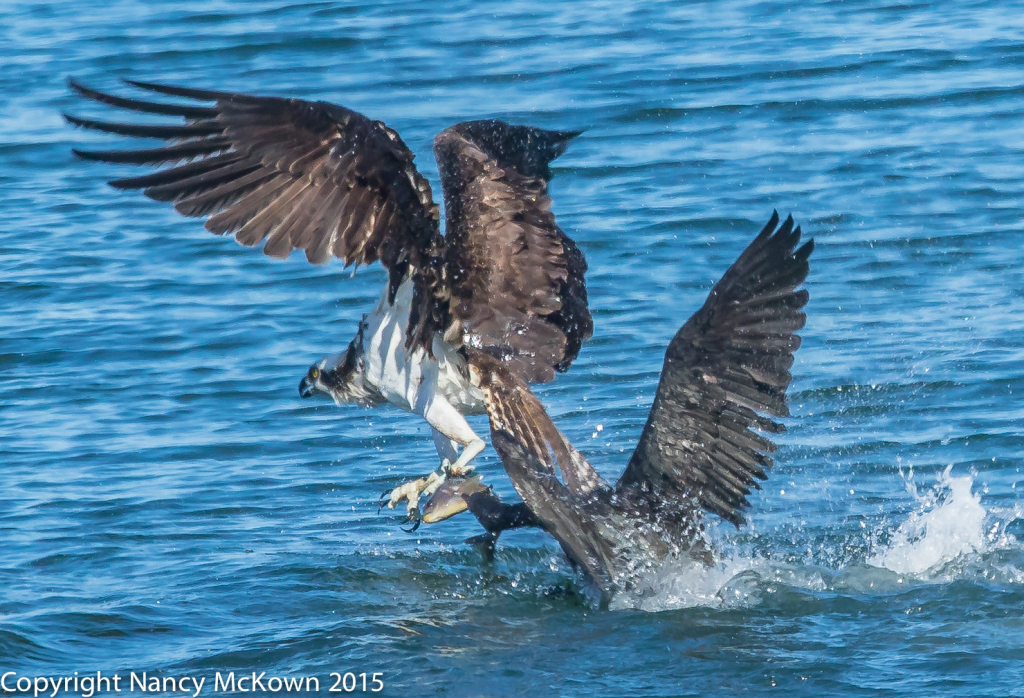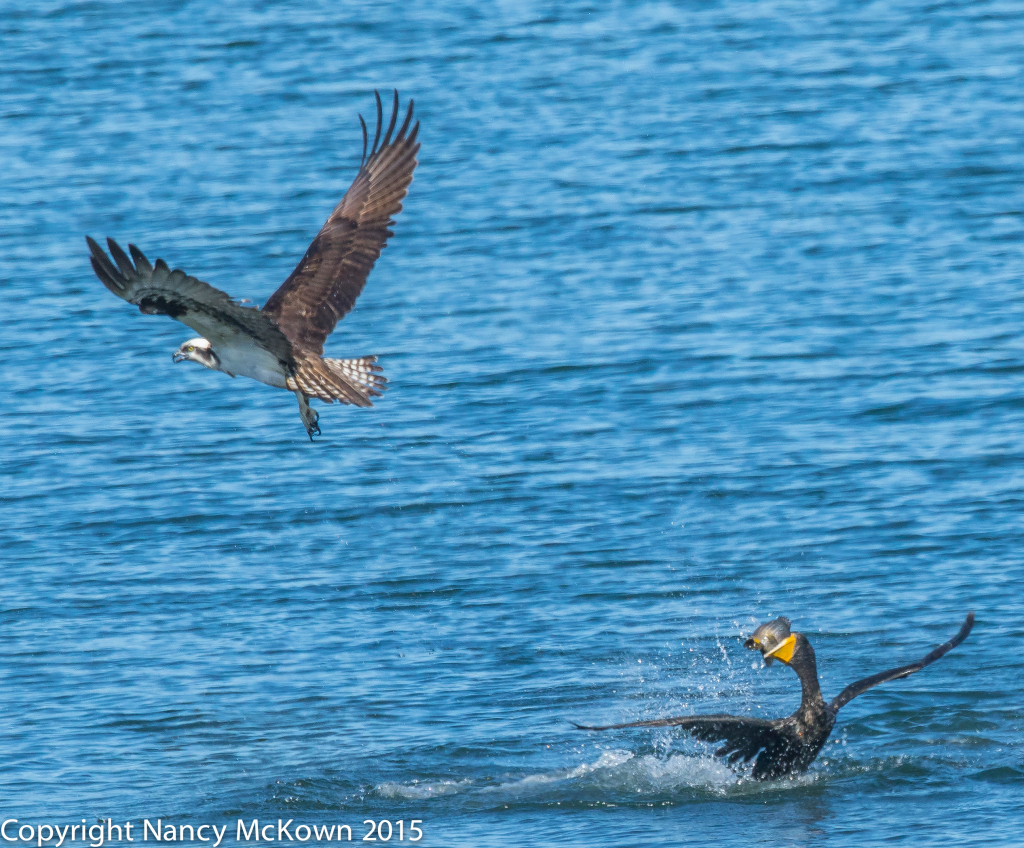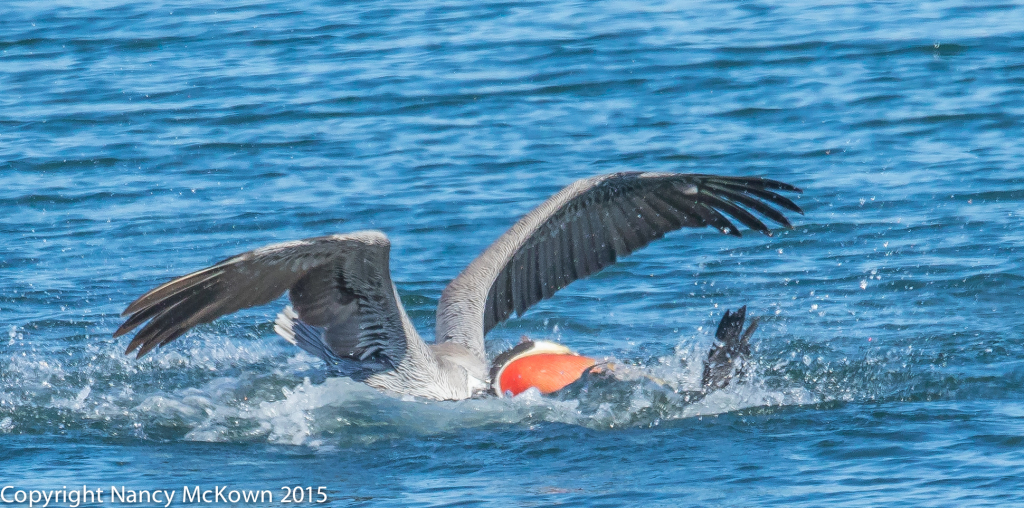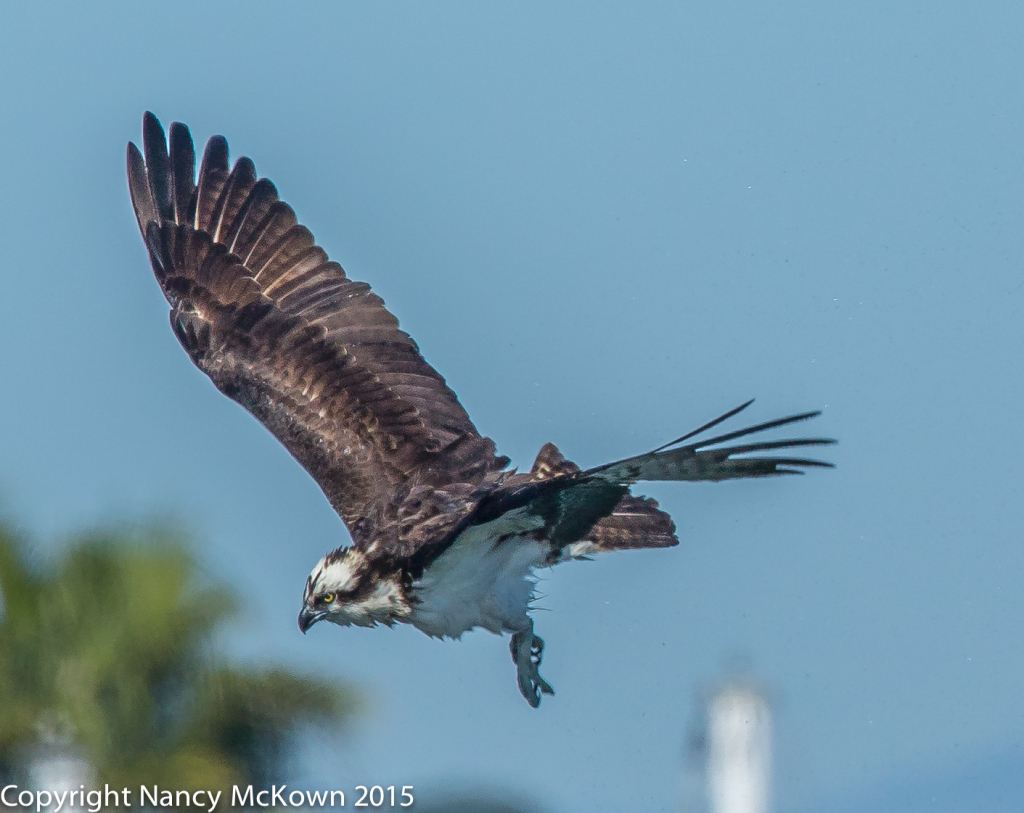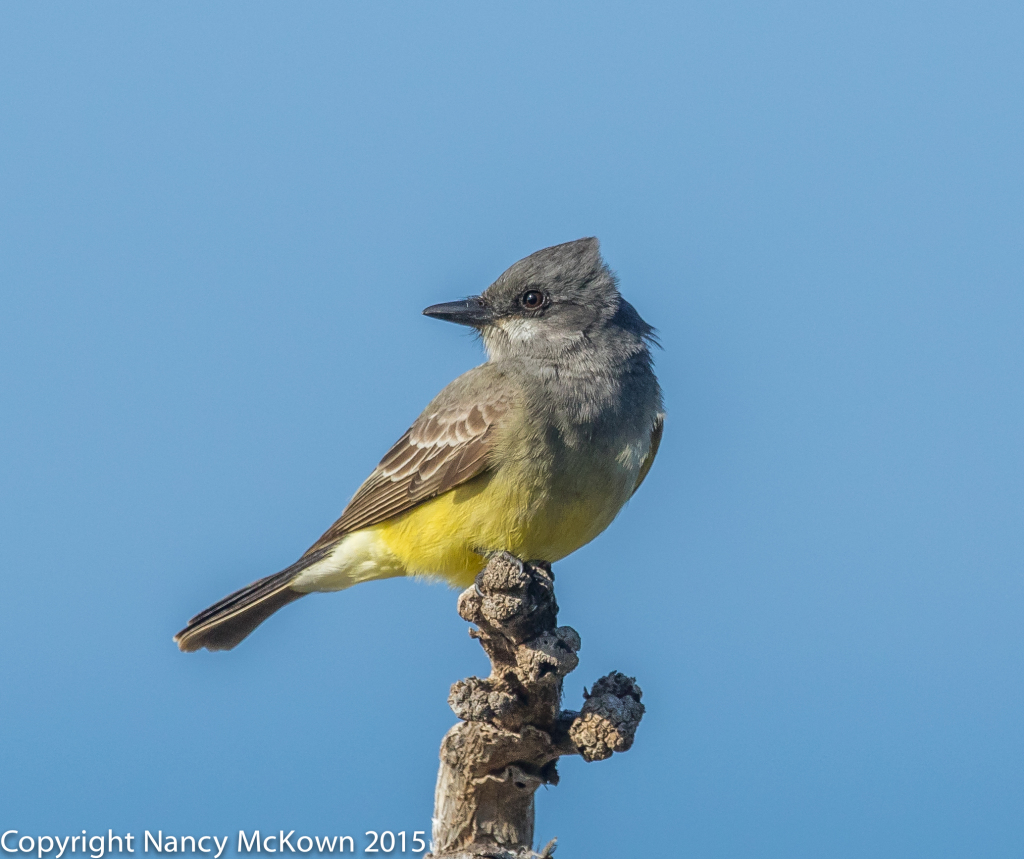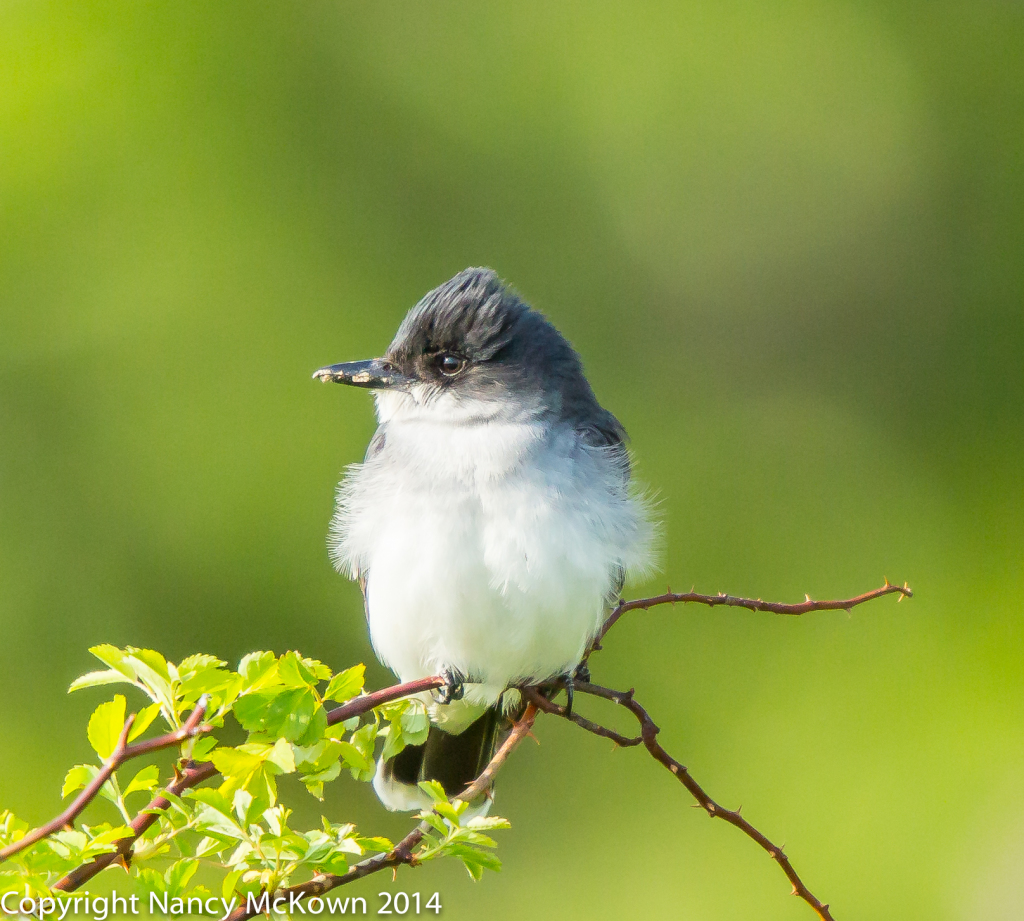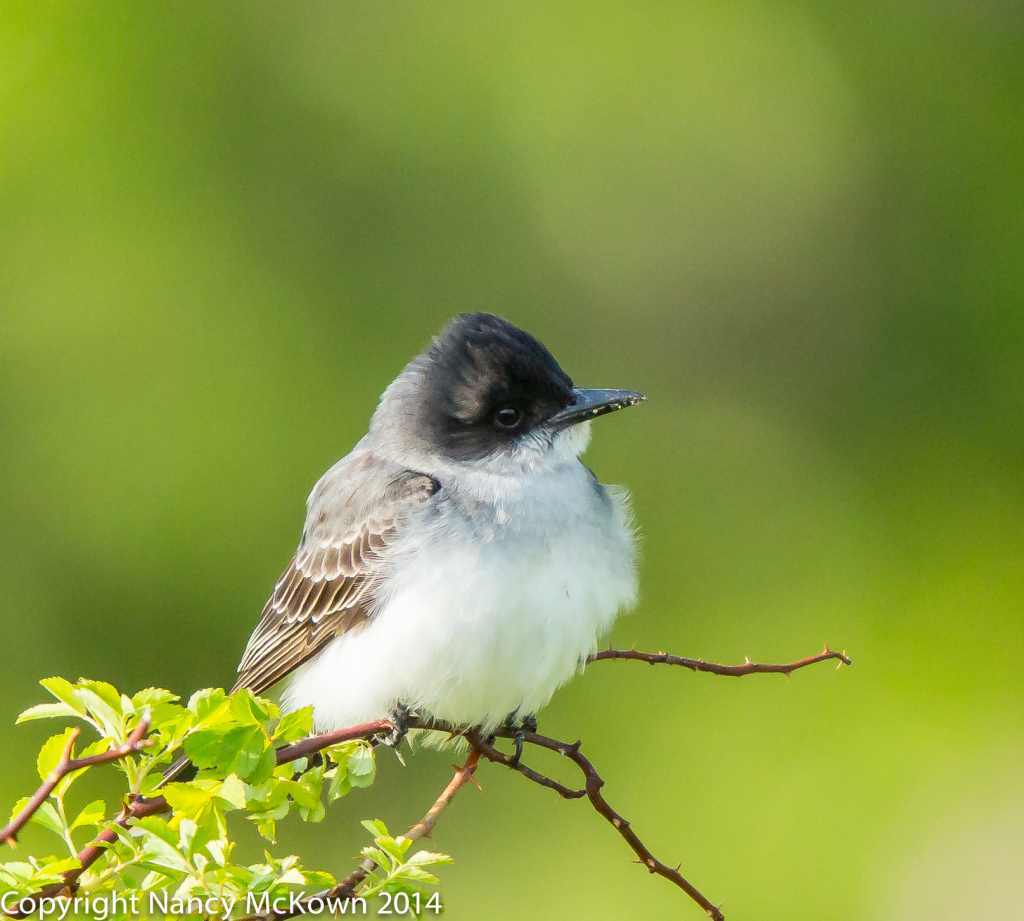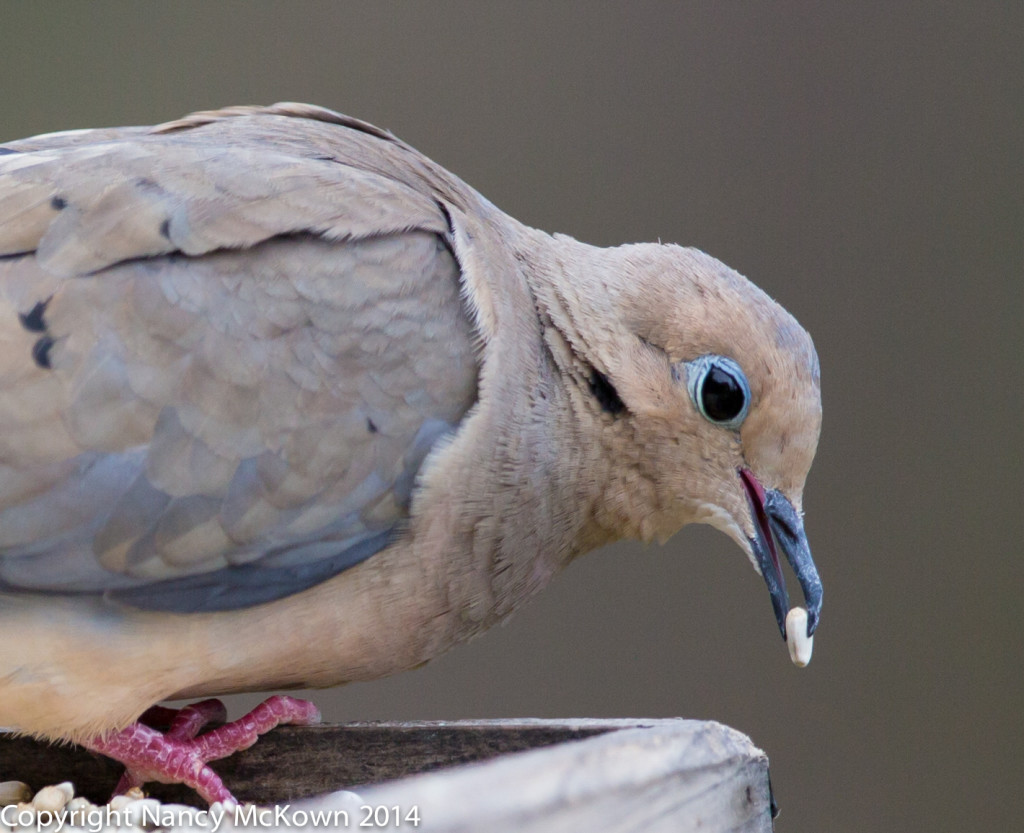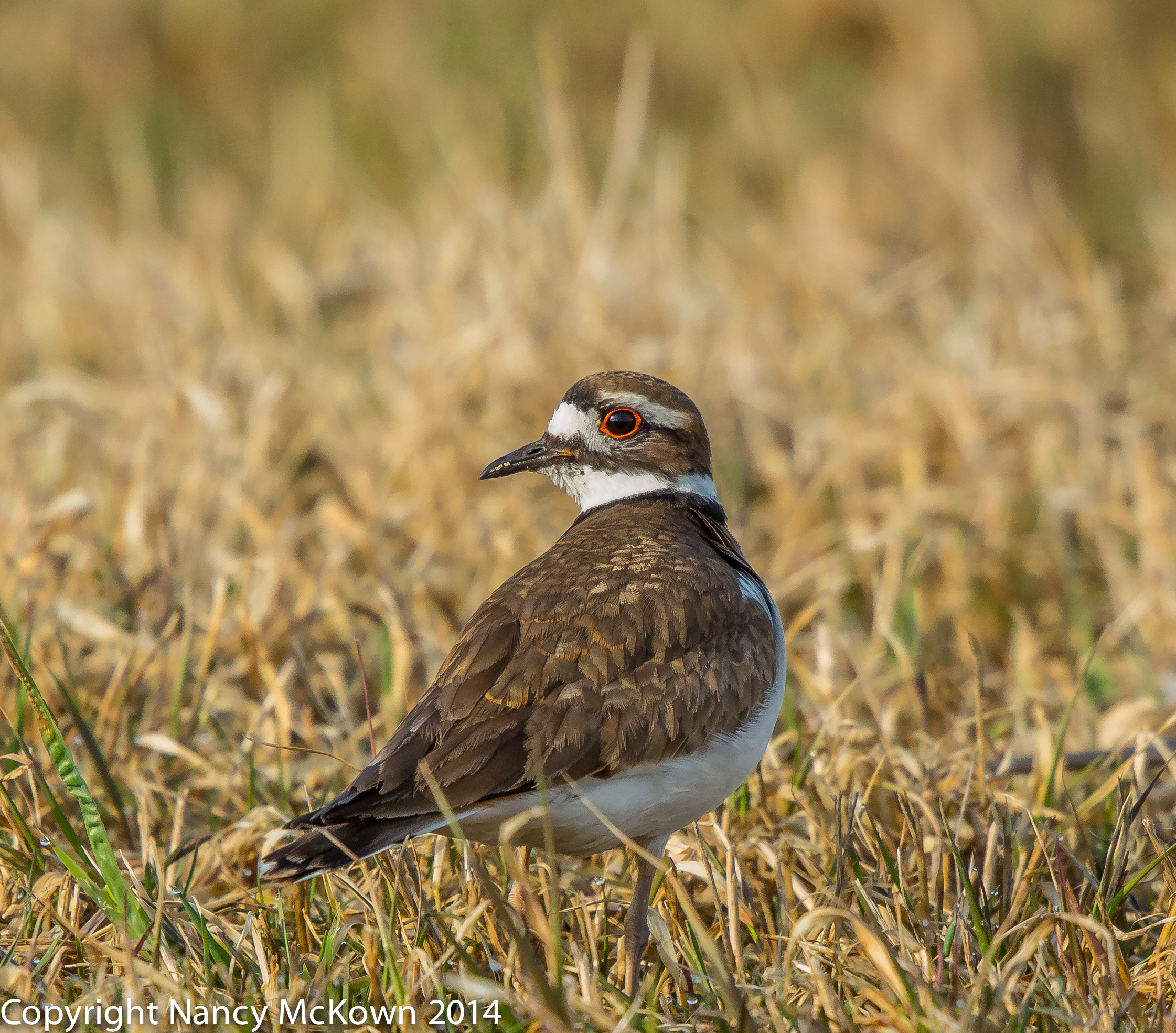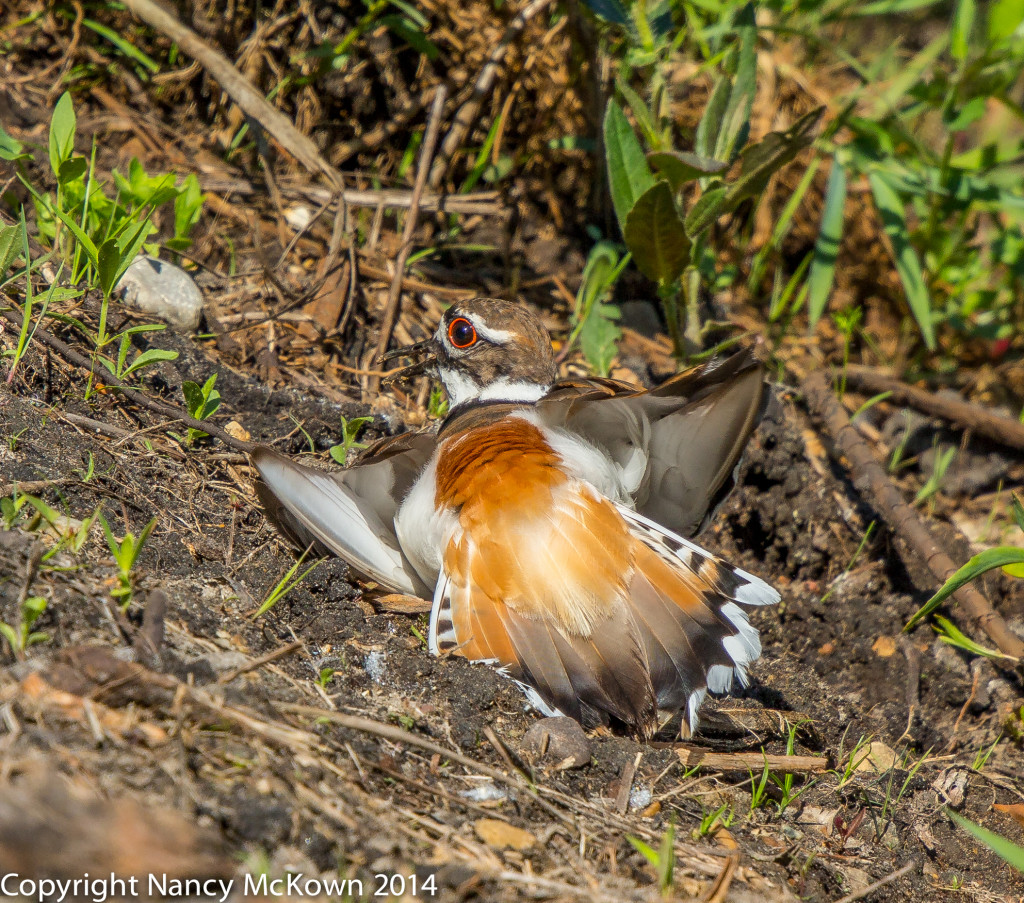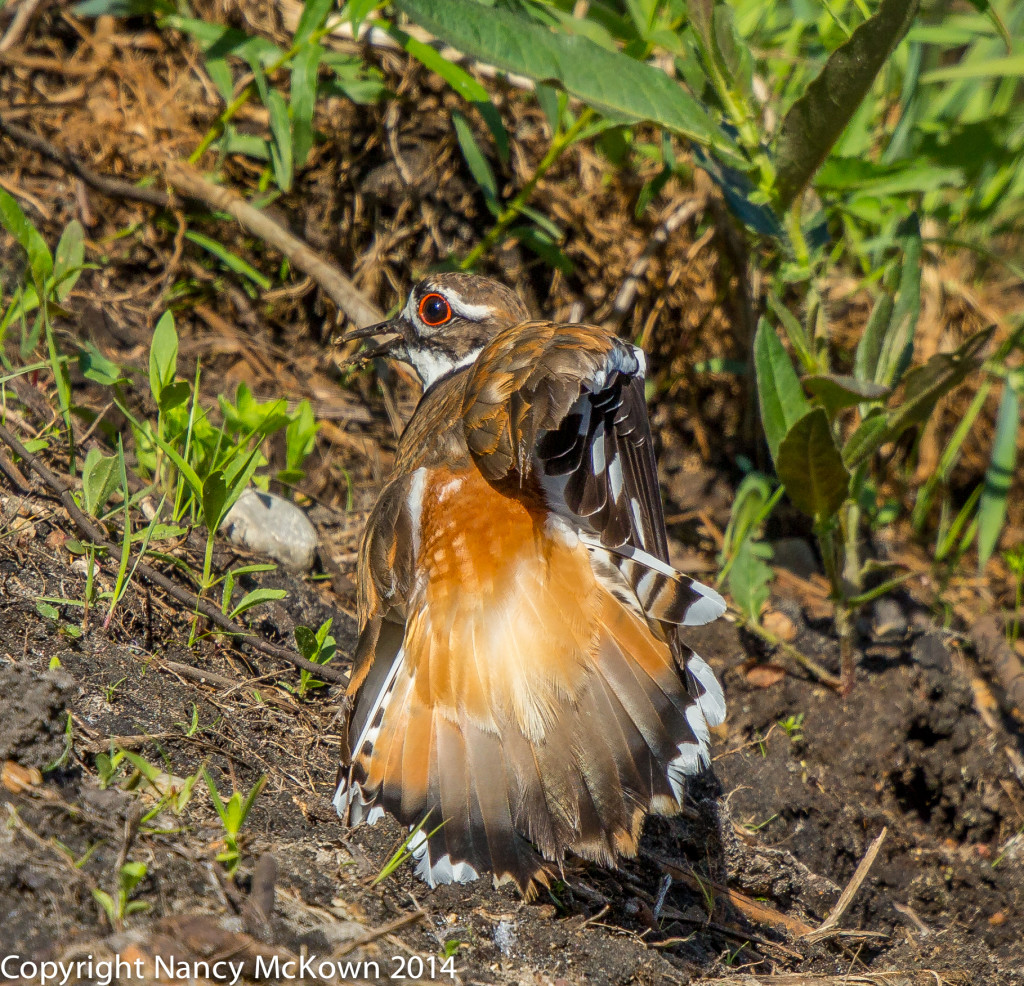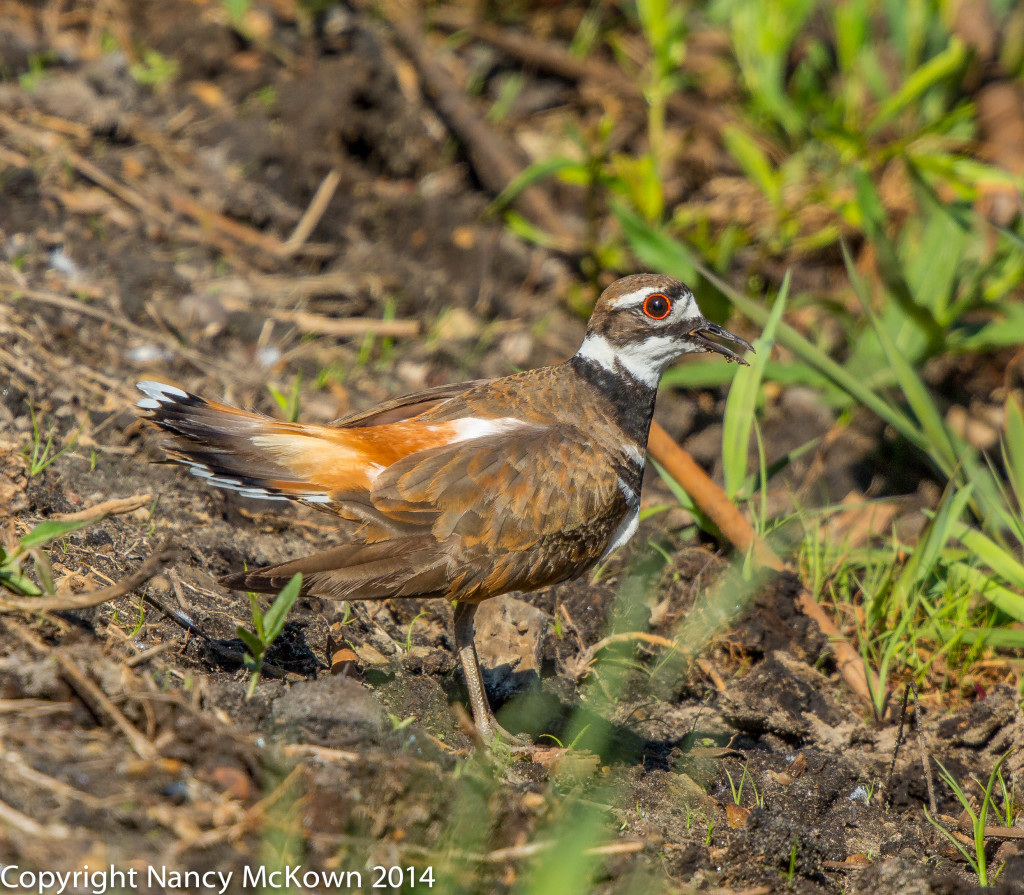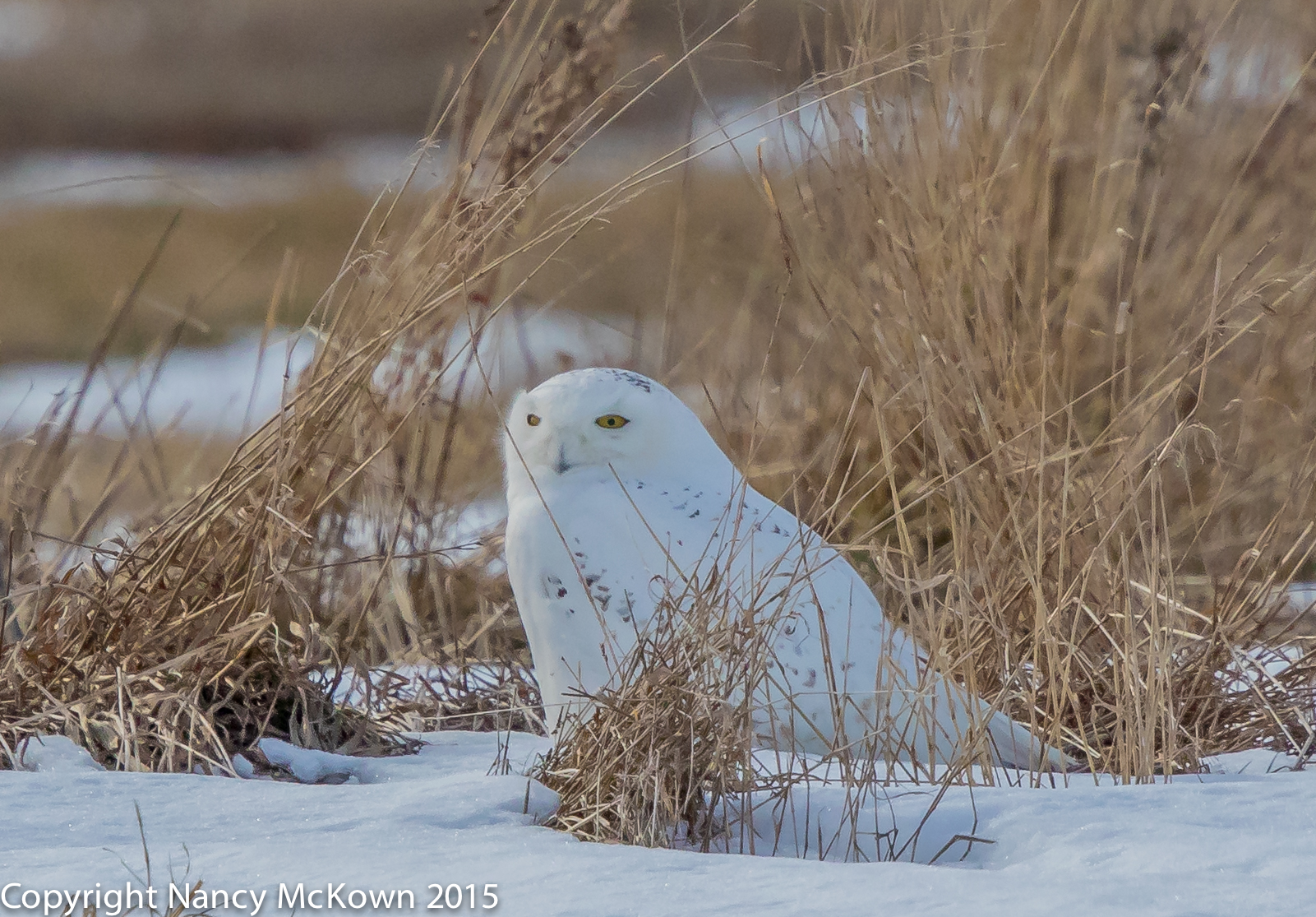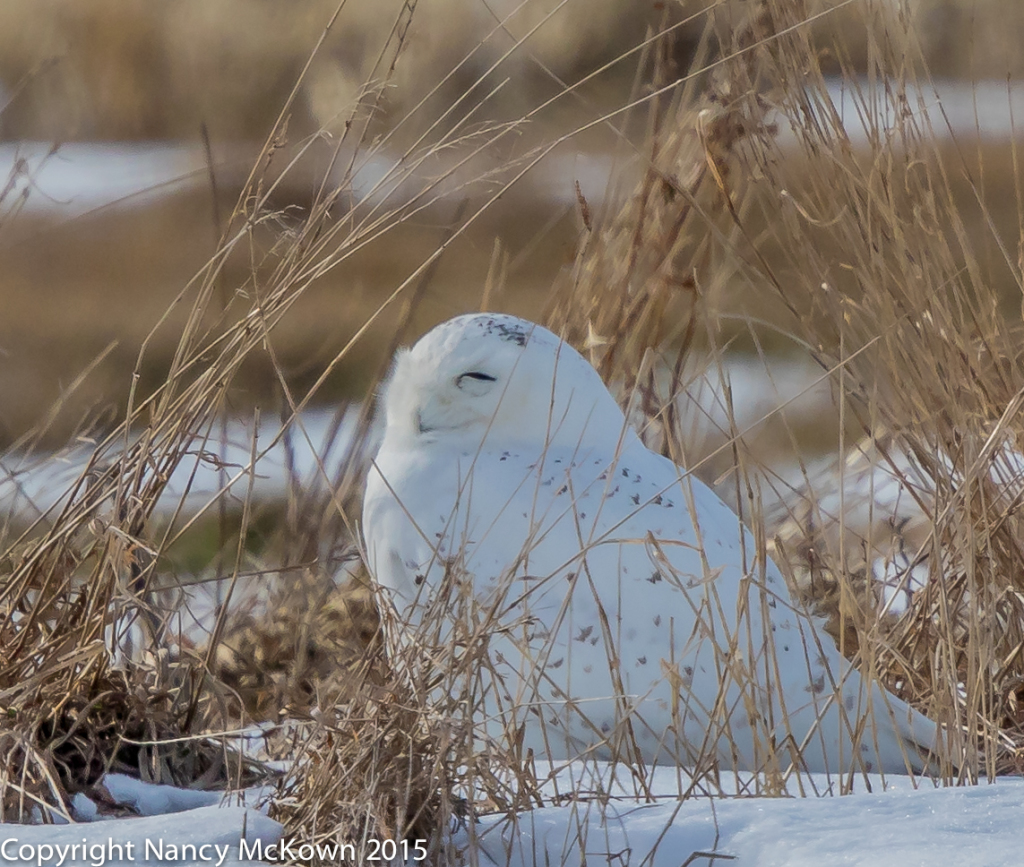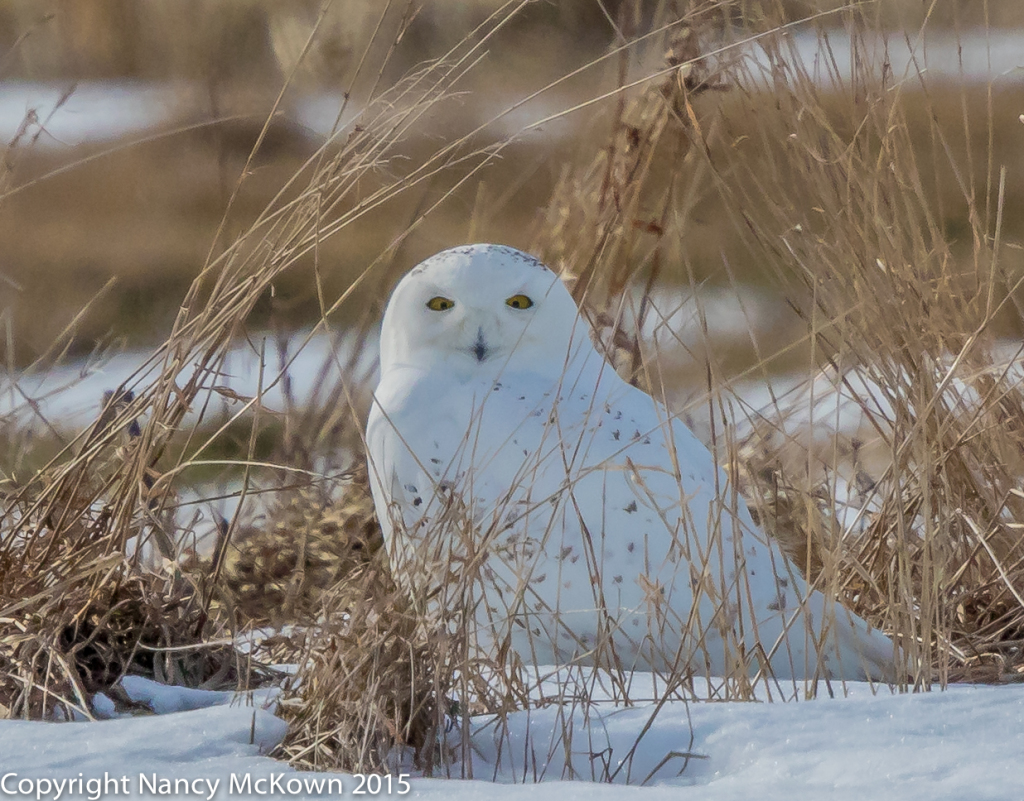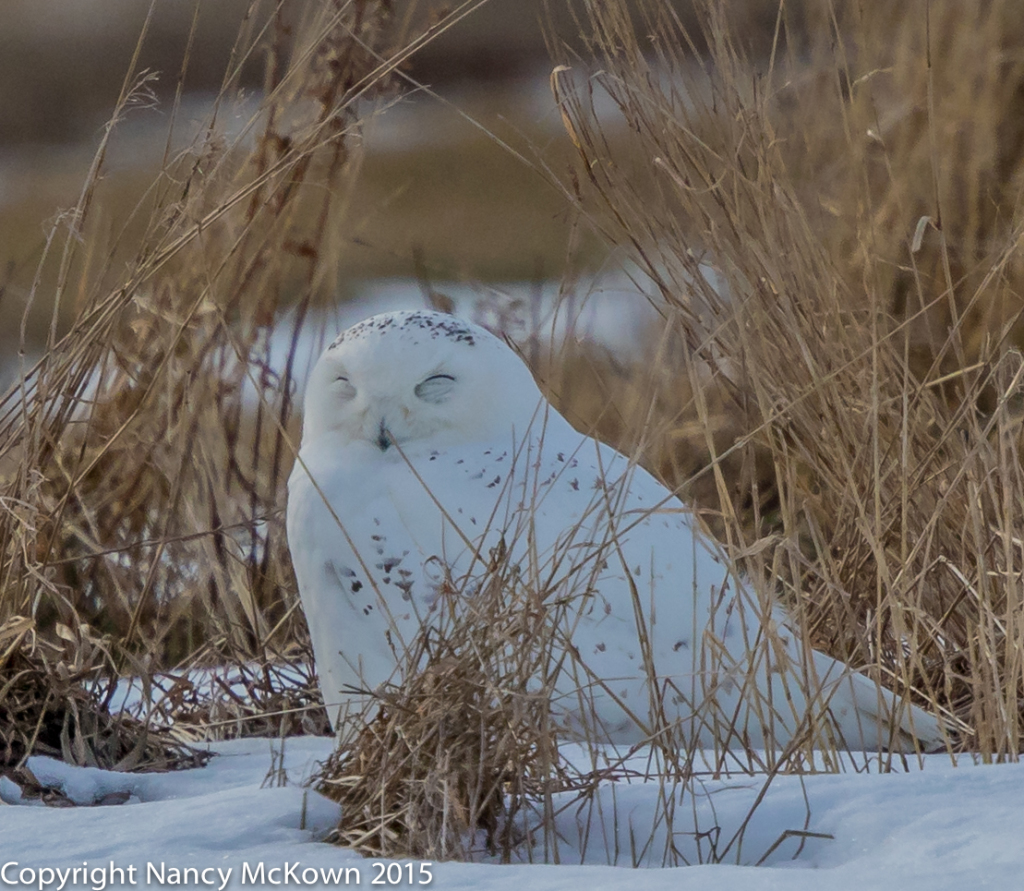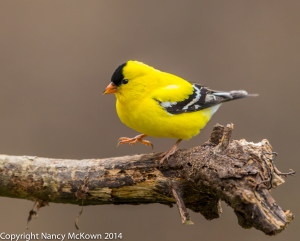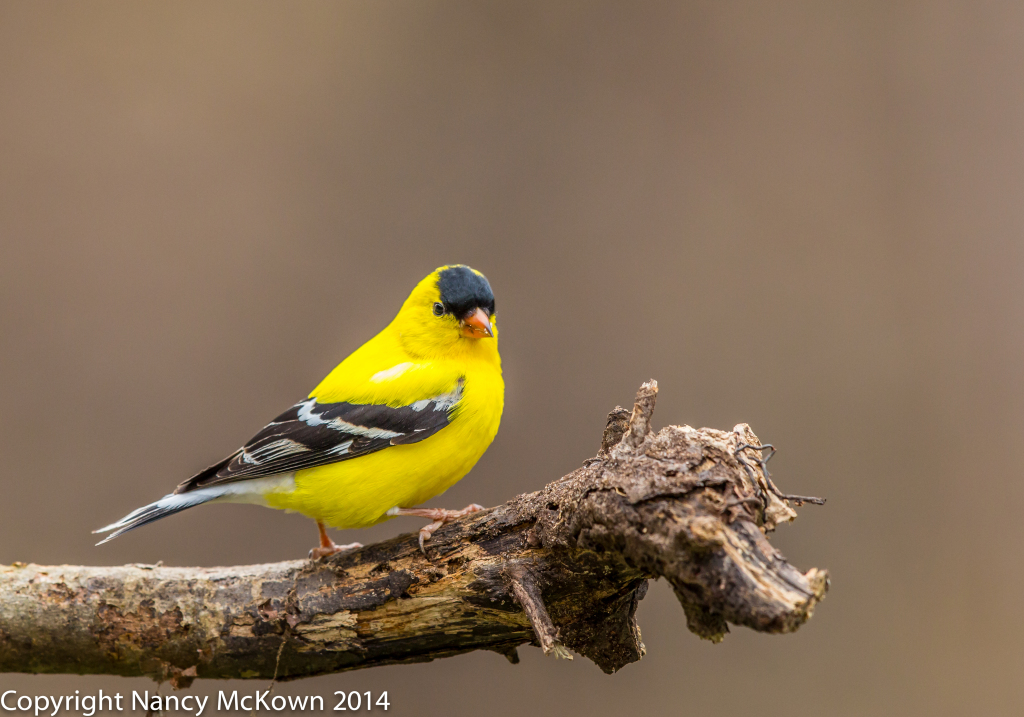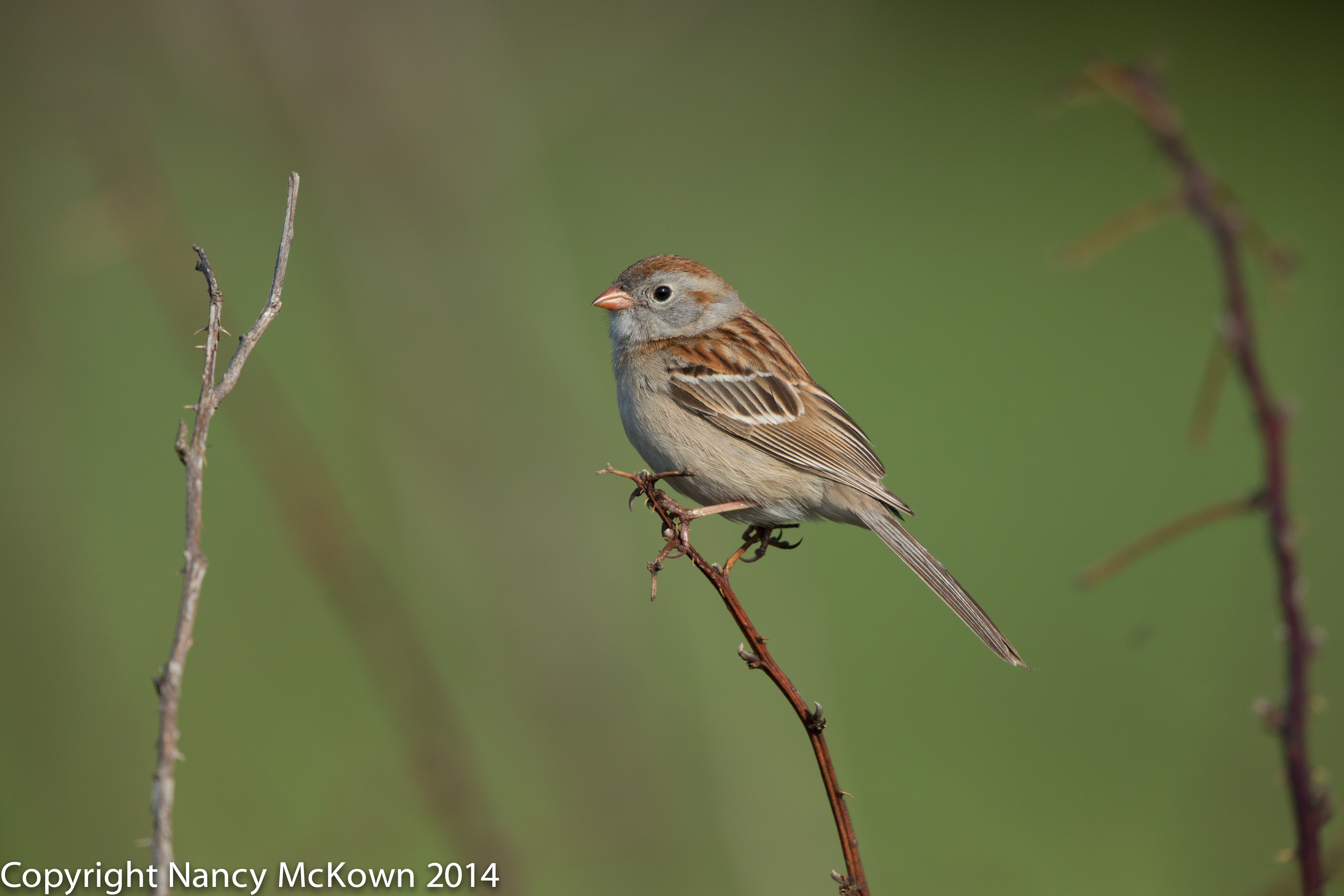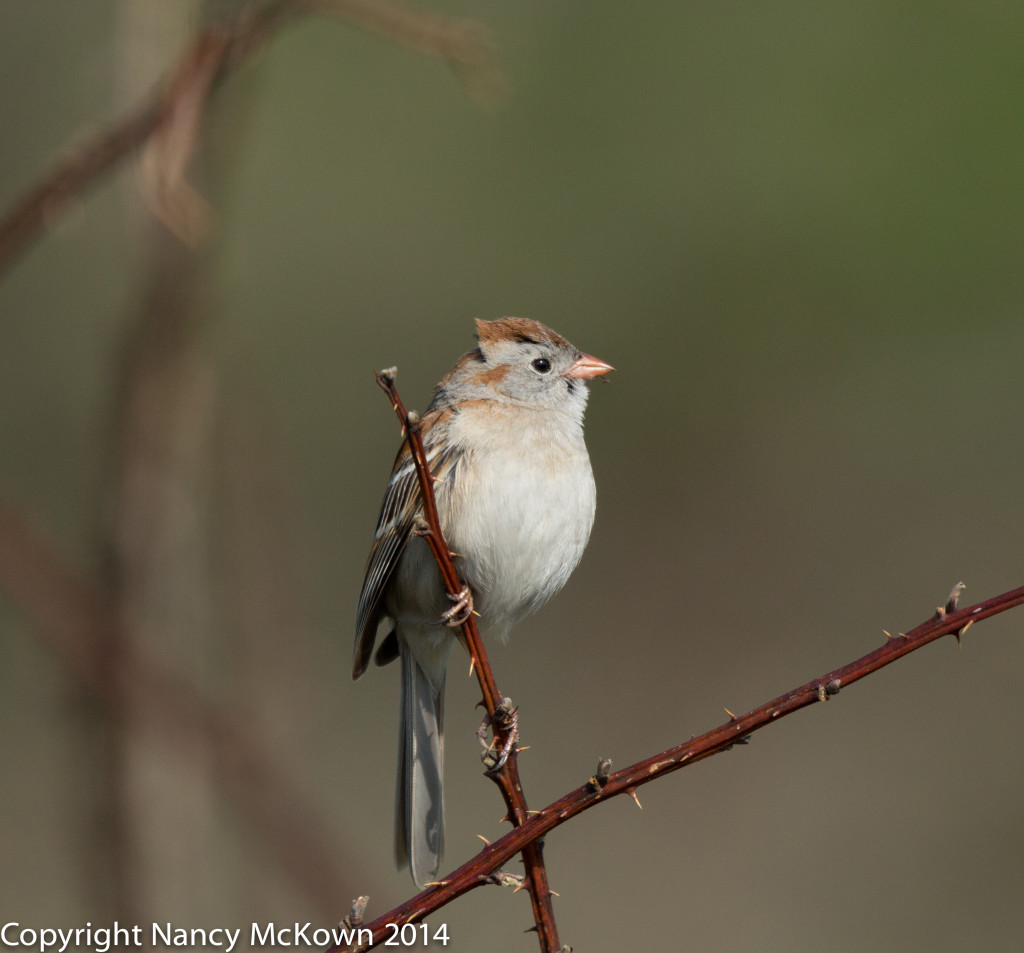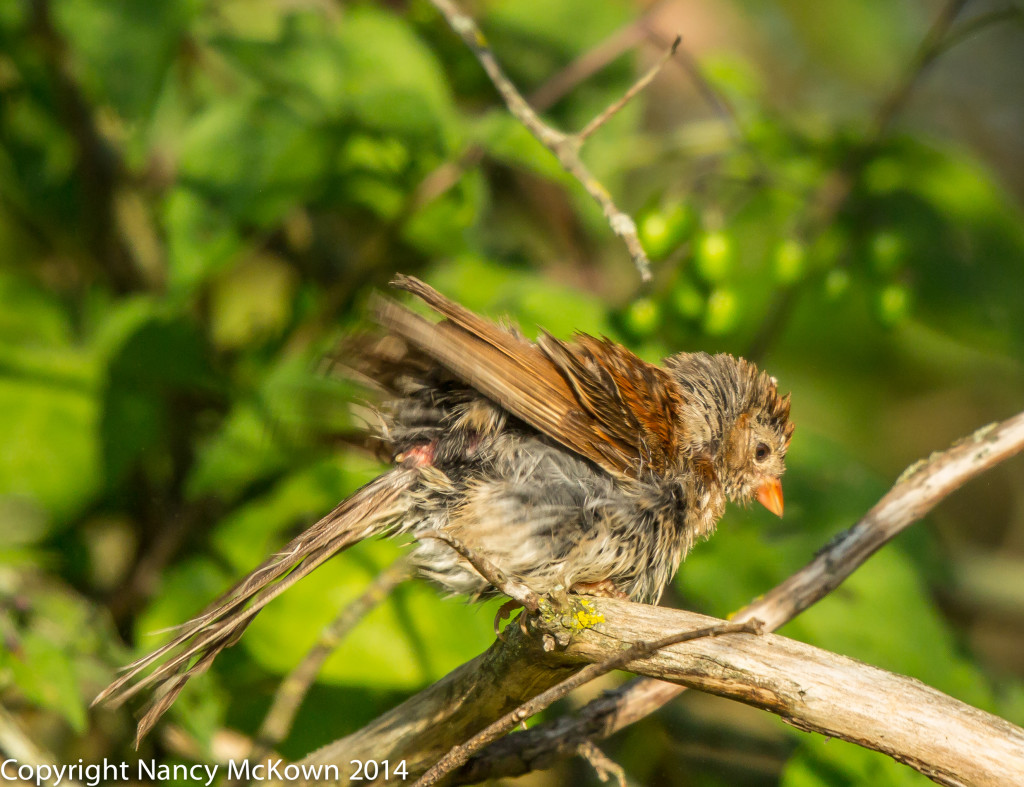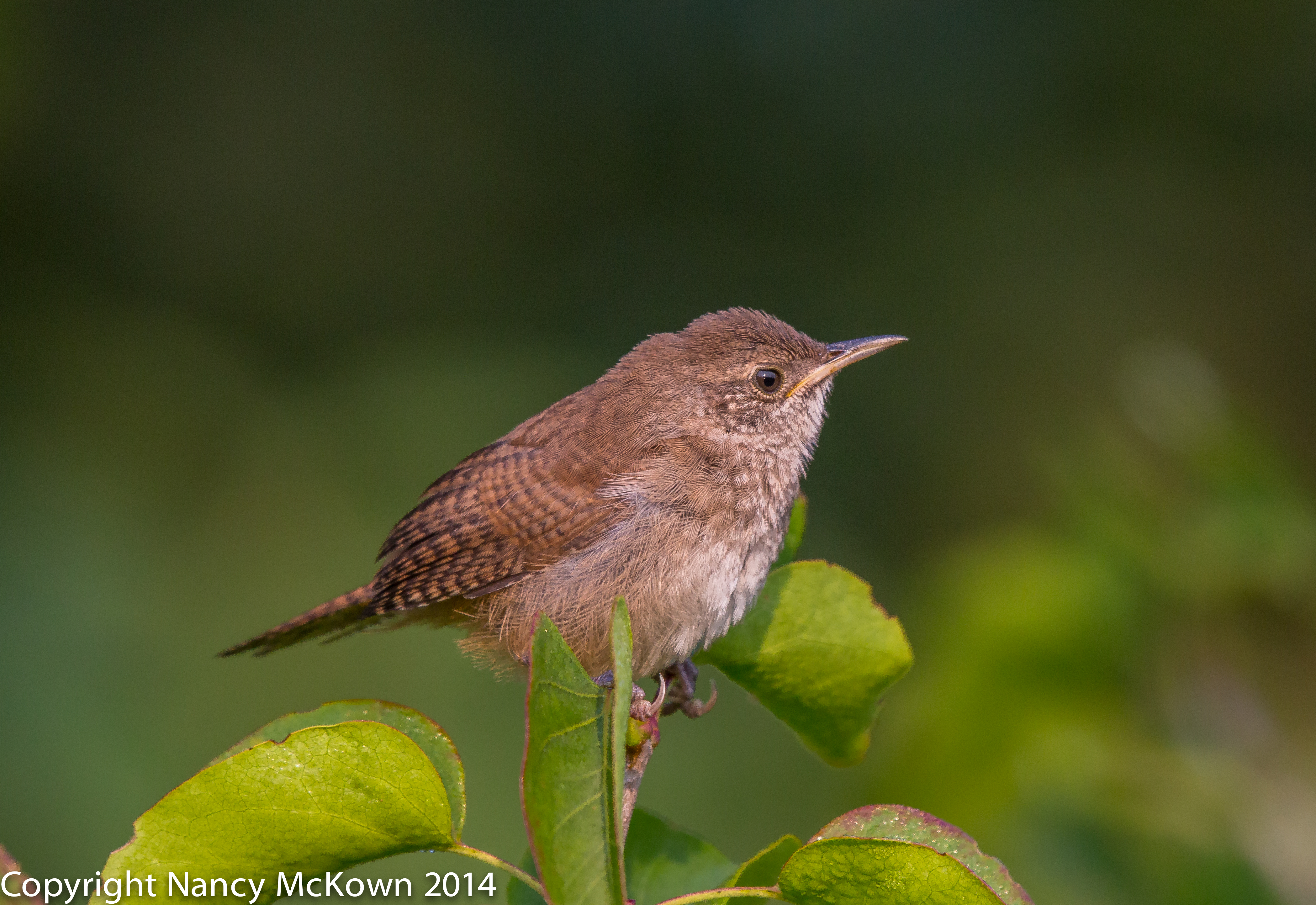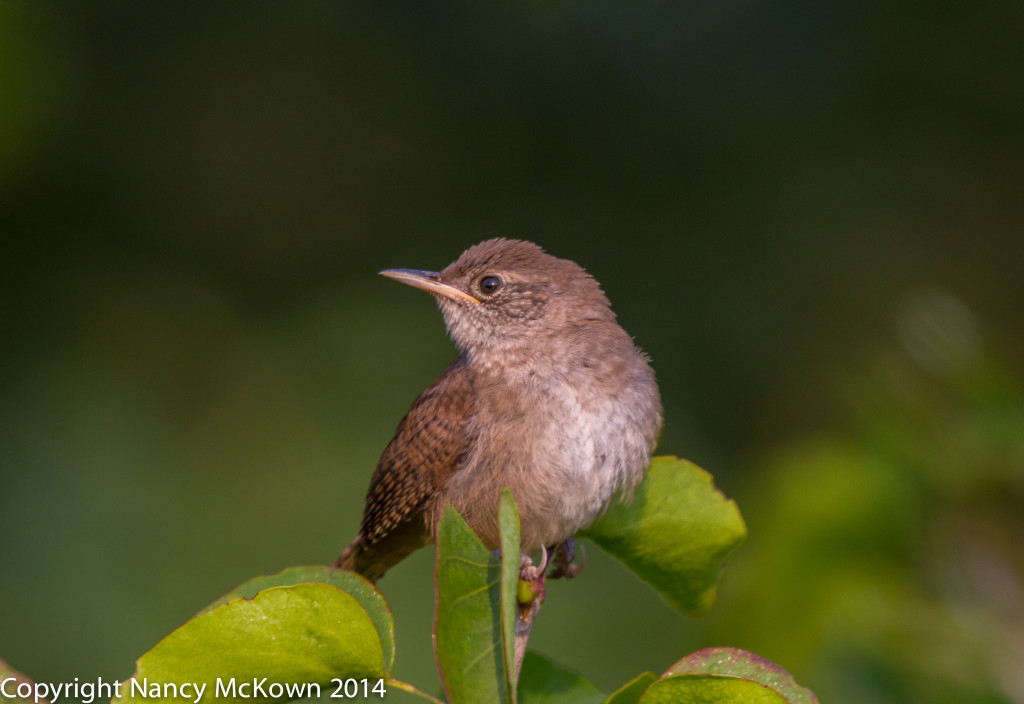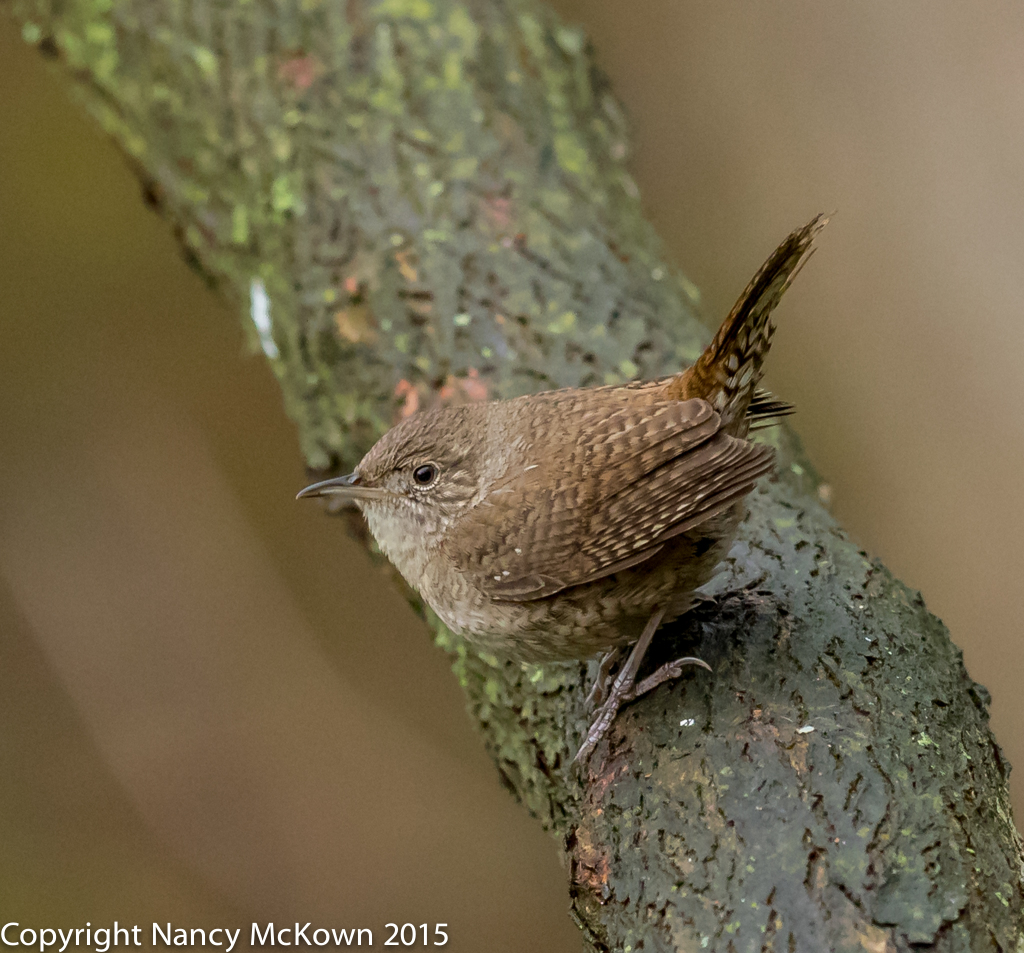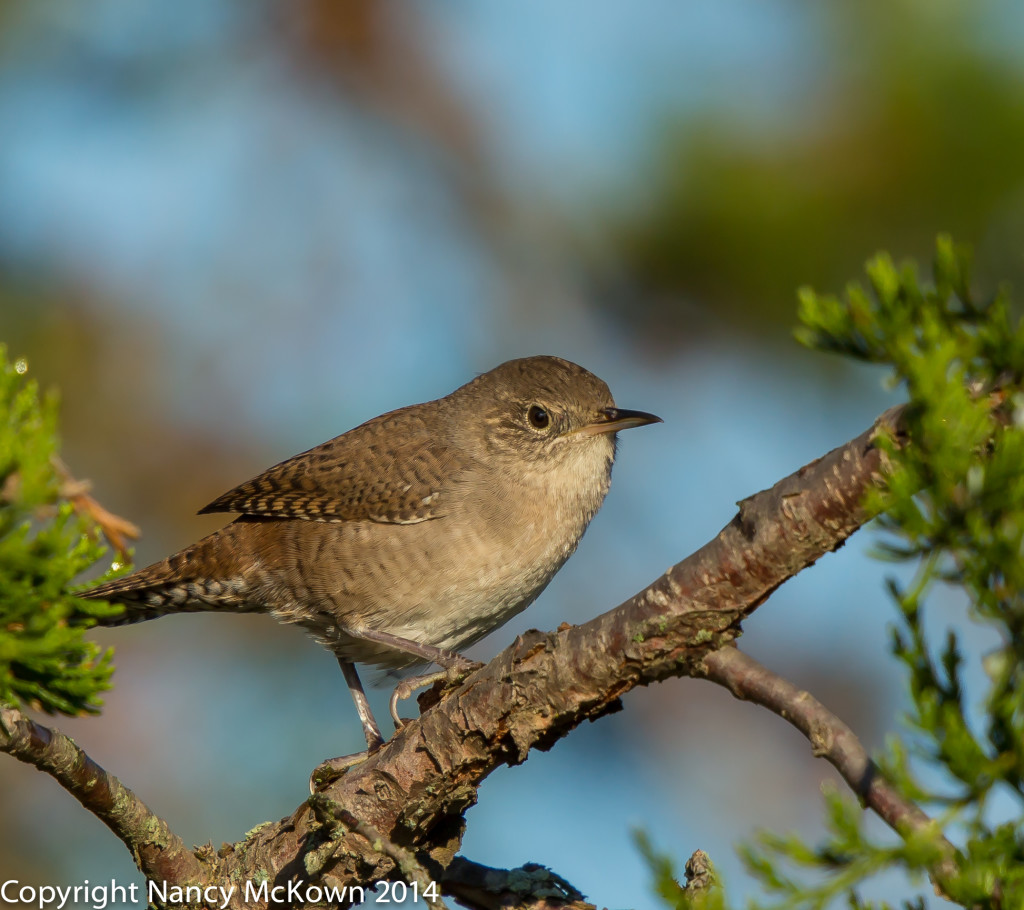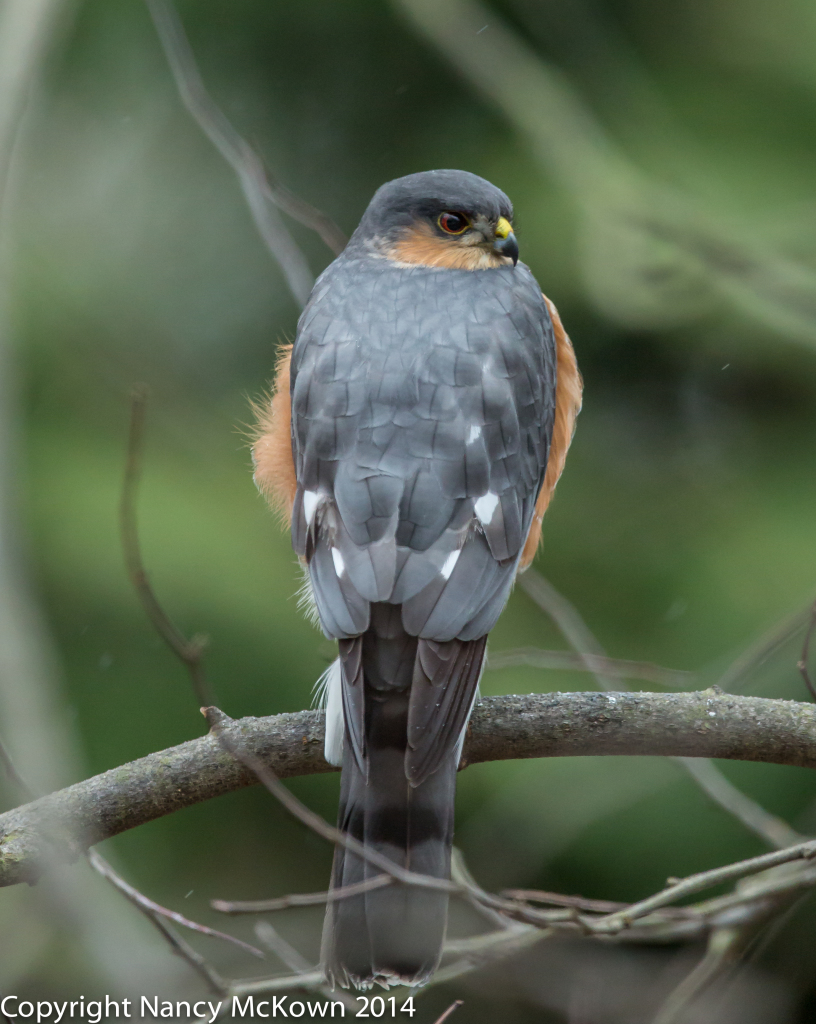Photographing Fast and Furious Action
Let these photos tell a story of 4 species of birds tussling over one fish. I was able to photograph a rough and vigorous struggle between a Cormorant, an Osprey, two Pelicans, and an opportunistic Sea Gull. The Sea Gull mostly stayed on the sidelines, but was close enough and thus ready to pounce, given the opportunity. This scuffle over a fish occurred on Mission Bay, in San Diego, California.
“If Only” Moments in Photography
As with most bird photography, there are always those “if only” moments. If only I had a longer lens attached to my camera…. If only the shutter speed was set higher to sharpen the fast action….If only that Seagull didn’t block the shot. Suffice to say, though this tussle lasted only minutes and the photos could have been better, I was pleased to be in the right place at the right time.
I took more than 50 shots. The 7D Mark II lived up to its specs by providing continuous full resolution shooting of 10 frames per second. I’ve included 9 shots to tell the tale. There’s a lot of splashing action, so be sure to click on each of the photos so you can see the larger image and more detail.
Despite the Sea Gull in flight and blocking the shot and quite a lot of splashing water, you can still see the Cormorant’s beak and the Osprey’s Talons tugging at a rather large fish.
More tugging between the Cormorant and Osprey, with the Sea Gull’s white wing moving away from the center of the action.
Looks like the Osprey might have the advantage as he attempts to take the fish with him and fly off. The Cormorant holds tight.
The Osprey is suddenly pulled down into the water on top of the Cormorant, who is not about to release the fish.
The Osprey releases the fish and tries to lift himself out of the water. The Cormorant, holding on to the fish, tries to fly away.
The Osprey flies off without the fish, leaving a jubilant Cormorant alone with his prize.
Enter Pelican #1 who appears to take the Cormorant under water.
Seconds later, a 2nd Pelican lands on top of the first. Exit right the Cormorant, without his fish.
And exit one very wet and pissed off Osprey.










